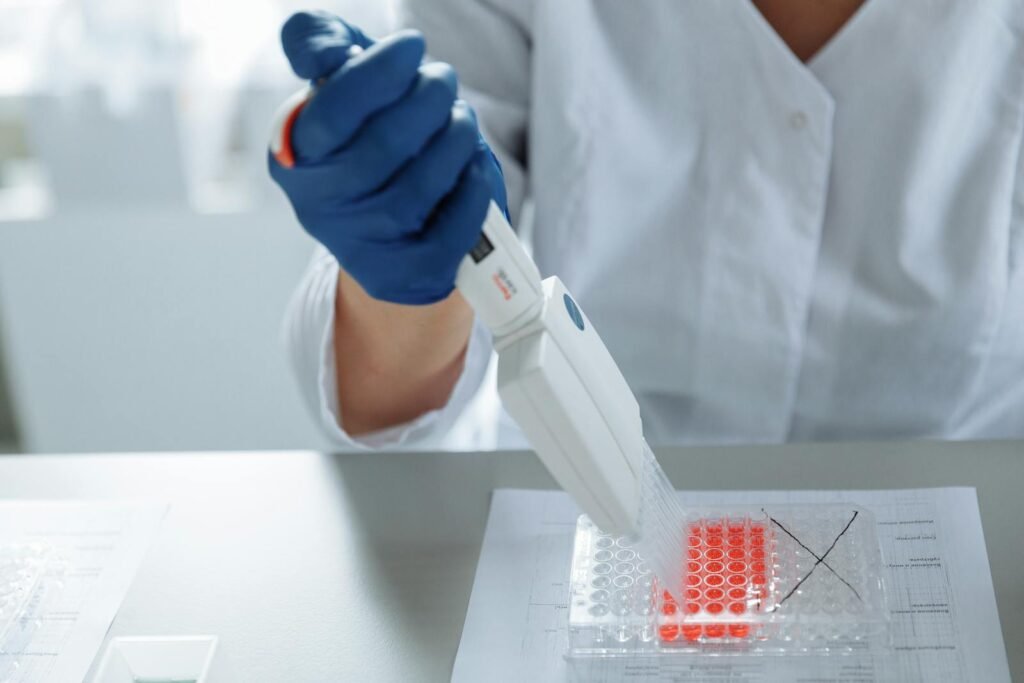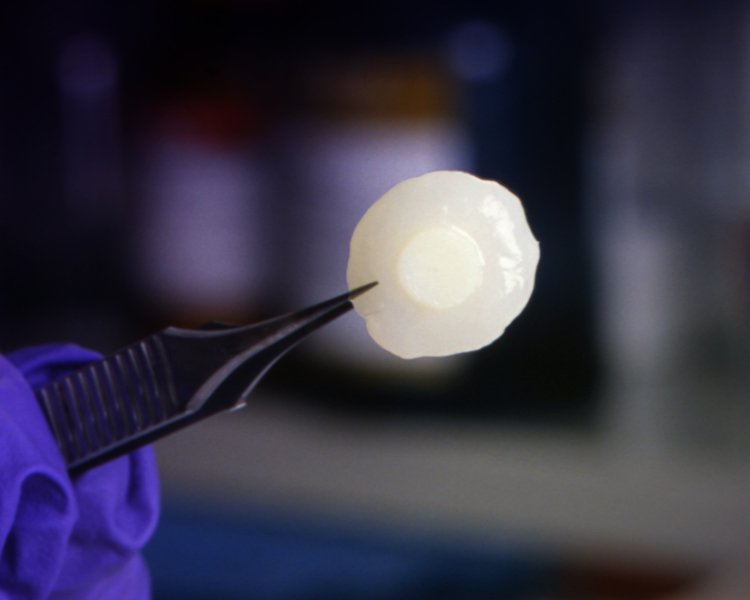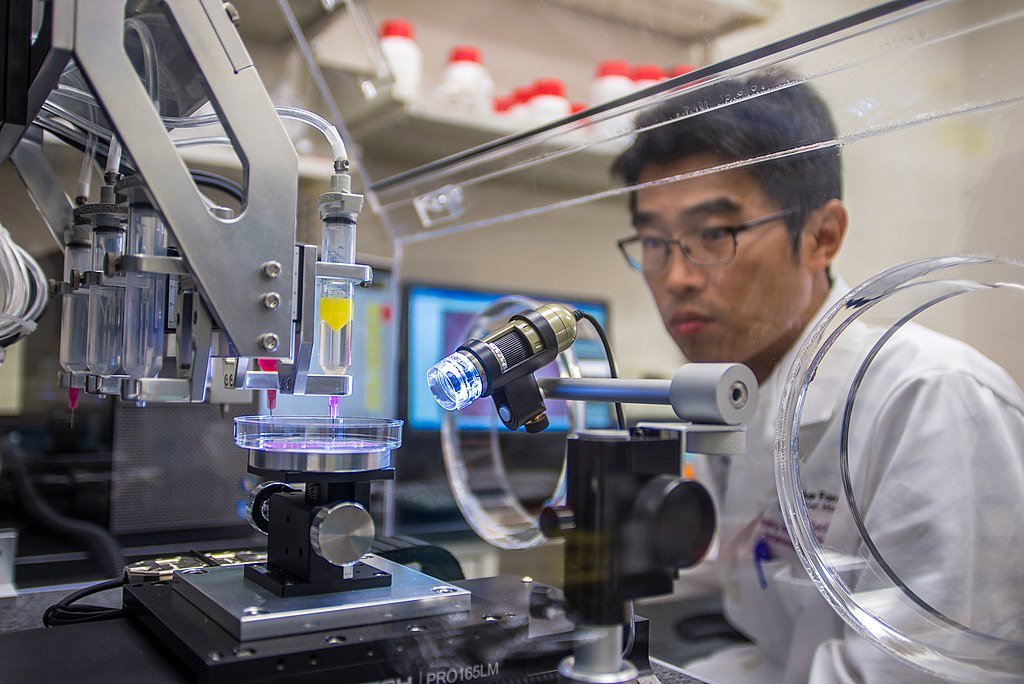As medical science progresses, one of the most promising fields is tissue engineering—a burgeoning interdisciplinary domain that integrates biology, engineering, and medicine to regenerate, repair, or replace damaged tissues and organs. The potential to create human-like organs in the lab promises revolutionary solutions to the chronic and life-threatening problem of organ shortages around the world. For individuals suffering from organ failure, tissue engineering could offer renewed hope. But how close are we to seeing lab-engineered organs become a mainstream medical reality?
Understanding the Organ Shortage Crisis

The global demand for organ transplants far exceeds the available supply. According to the World Health Organization, thousands of patients die each year while on waiting lists due to the scarcity of suitable organ donors. Traditional reliance on human donors for organs is fraught with challenges, including ethical issues, logistical limitations, and the possibility of immune rejection by the recipient’s body. Tissue engineering offers a potential pathway to circumvent these hurdles by creating organs that are biologically compatible and readily available.
The Science Behind Tissue Engineering

Tissue engineering involves three key components: cells, scaffolds, and growth factors. Stem cells, which can differentiate into various types of cells such as liver or kidney cells, are often used as the cellular foundation for lab-grown tissues. Scaffold materials, which can be natural or synthetic, provide a three-dimensional structure that supports cell growth and organization. Growth factors—biochemical signals that encourage cell growth and development—are essential for directing stem cells to develop into desired tissues.
Recent Advances and Breakthroughs

Recent years have witnessed significant breakthroughs in tissue engineering. Researchers have successfully engineered functional tissues such as skin, cartilage, and bladder. Although the complexity of developing fully functional organs like the heart or liver remains challenging, strides have been made. For instance, bioprinting technology, which uses a specialized 3D printer to layer cells and materials, has opened new avenues for creating intricate tissue structures.
The Challenges Ahead

Despite the progress, several scientific and technological challenges remain. Replicating the vascularization (blood vessel formation) necessary for organ survival and integration with the host body is a significant hurdle. Ensuring that lab-grown organs can perform all the functions of their natural counterparts is another daunting task. Moreover, regulatory and ethical considerations must be addressed, including the approval of lab-grown organs for human transplantation.
Ethical and Social Considerations

The promise of creating lab-grown organs raises numerous ethical questions. It challenges the traditional concepts of donation and transplantation, prompting debates over accessibility, cost, and the potential for commercialization in healthcare. It also requires careful consideration of risks, such as manipulation of genetic materials, which demands stringent ethical oversight to safeguard against misuse.
Are We Close to Solving the Organ Shortage Crisis?

While significant hurdles remain, there is reason to be optimistic about the role of tissue engineering in solving the organ shortage crisis. Breakthroughs in bioprinting, stem cell technology, and biomaterials are bringing us closer to the practical application of lab-grown organs. As research and technology continue to evolve, the potential to develop personalized, immune-compatible organs could significantly reduce wait times and improve patient outcomes.
The Future of Tissue Engineering

The future of tissue engineering holds immense promise. Continued investment in research, technological innovation, and interdisciplinary collaboration will be critical to overcoming the existing challenges. Moreover, public policy and ethical frameworks must be developed in tandem to ensure this technology benefits all of humanity. With perseverance and careful advancement, lab-engineered organs have the potential to transform healthcare and address one of the most pressing medical needs of our time. The journey from lab bench to bedside may be long and challenging, but the potential rewards make it a worthy endeavor.




